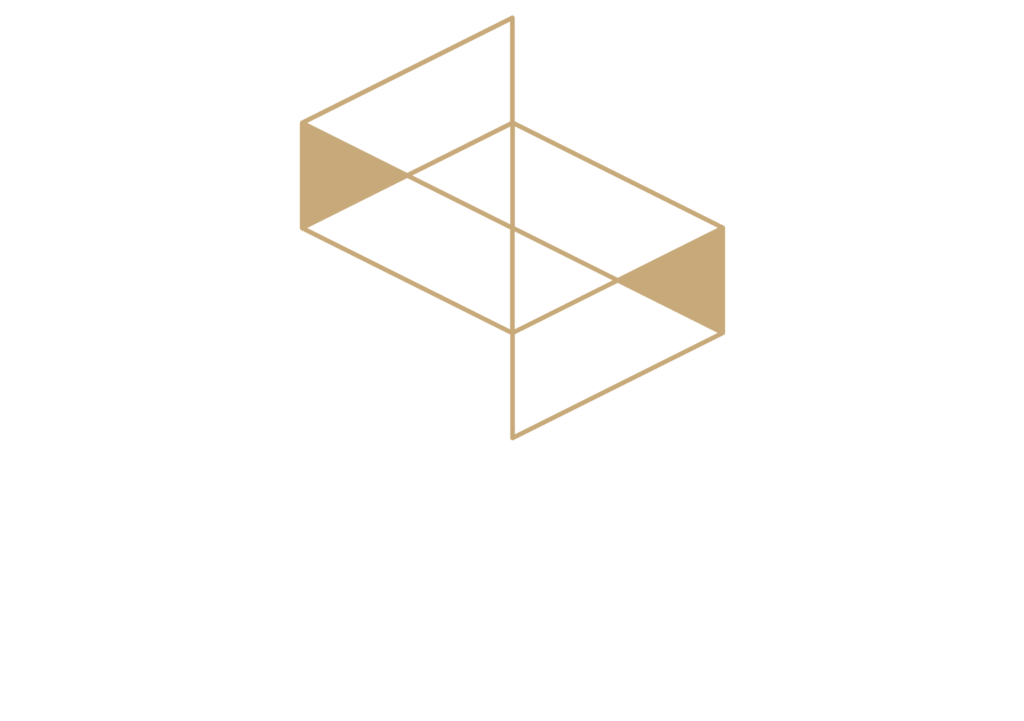Racking systems are essential for maximizing storage space, improving accessibility, and enhancing overall warehouse efficiency. With so many types of racking systems available, finding the right one for your needs can be a bit challenging.
Sadr Logistics Services offers a comprehensive selection of racking solutions at competitive prices, helping businesses make the most of their space without breaking the bank.
In this post, we will explore the different types of racking systems offered by Sadr and see how each can fit perfectly within your warehouse layout.
The Main Types of Racking Systems
Each type of racking system comes with its own unique design, benefits, and suitability for different applications. Let’s break them down:
1. Selective Pallet Racking
Selective Pallet Racking is the most common and popular racking solution, and for good reason. It’s flexible, easy to install, and ideal for warehouses that need direct access to all pallets at any given time.
Advantages of Selective Pallet Racking:
- Direct access to every pallet, perfect for high SKU count operations.
- Can be configured to fit most warehouse layouts.
- Easy to expand or adjust as your inventory needs change.
2. Double Deep Pallet Racking
The Double Deep Pallet Racking system is an extension of the selective pallet rack, with one twist: pallets are stored two rows deep. This allows for increased storage density in the same amount of space. However, because pallets are stored one behind the other, access is slightly limited.
Advantages of Double Deep Pallet Racking:
- Increases storage density without significant loss of accessibility.
- More cost-effective compared to other high-density racking systems.
- Efficient use of warehouse space with reduced aisles.
3. Drive-In Pallet Racking
The Drive-In Pallet Racking system takes things a step further by eliminating aisles altogether. Instead, forklifts can drive directly into the racking system to load or unload pallets.
Advantages of Drive-In Pallet Racking:
- Optimal use of available floor space due to the absence of aisles.
- High storage density for warehouses with a large quantity of identical products.
- Ideal for seasonal or bulk storage applications.
4. Radio Shuttle Racking
For a truly modern solution, Radio Shuttle Racking combines high storage density with advanced technology. In this system, a remote-controlled shuttle moves pallets along the racking structure, eliminating the need for forklifts to enter the aisles.
Advantages of Radio Shuttle Racking:
- Reduced labor and operational costs due to automation.
- Flexible storage that can support both FIFO and LIFO systems.
- Enhanced safety as forklifts remain outside the racking structure.
5. Cantilever Racking
Not all products are palletized, and that’s where Cantilever Racking comes in. Designed for long, bulky, or irregularly shaped items, cantilever racks use horizontal arms anchored on vertical columns, allowing easy access to products without a front column, so forklifts can access the materials from the side.
Advantages of Cantilever Racking:
- Perfect for handling awkwardly shaped, lengthy items.
- No front columns, allowing for easy loading and unloading.
- Customizable arm lengths and load-bearing capacities.
6. VNA (Very Narrow Aisle) Racking
Space optimization is the name of the game with VNA (Very Narrow Aisle) Racking. This system maximizes warehouse space by reducing the aisle width required to access each pallet.
Specialized forklifts, often called VNA trucks, are needed to navigate these narrow aisles.
Advantages of VNA Racking:
- Maximizes storage capacity without sacrificing accessibility.
- Suitable for warehouses with high ceiling heights.
- Compatible with automated guided vehicles (AGVs) for increased efficiency.
7. Self-Support Cladding Racking
Finally, there’s Self-Support Cladding Racks, a solution designed for warehouses where racking is integrated into the structure of the building itself.
Unlike traditional racking that’s installed inside an existing warehouse, self-support cladding uses the racking structure to support the building’s roof and walls.
Advantages of Self-Support Cladding Racking:
- Reduces construction costs by integrating storage with the building’s framework.
- Maximizes available height, often used for multi-tier storage.
- Offers high durability, suitable for heavy-duty storage needs.
Choosing the Right Racking System with Sadr Logistics Services
Each racking system has its own strengths and is suited to specific types of inventory, warehouse layouts, and business needs.
Whether you’re handling pallets, pipes, seasonal goods, or high-turnover consumer items, Sadr’s wide range of racking options guarantees you’ll find a solution that meets your needs.
So, if you’re looking to enhance your warehouse’s efficiency and get the most out of every square foot, reach out to Sadr Logistics Services to see which racking solution is the perfect fit for you.





